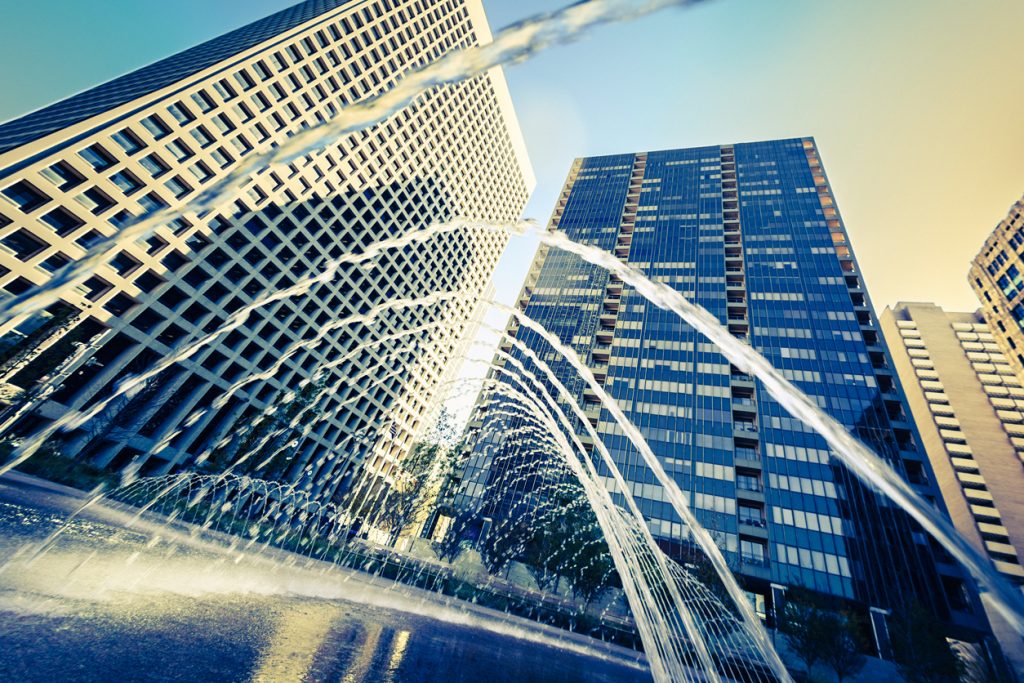Struggling with dead zones or dropped calls inside your building? You're not alone. From manufacturing facilities to healthcare campuses, poor in-building wireless coverage is a widespread issue in Michigan. Whether it's due to thick walls, underground structures, or interference from cellular towers, understanding the root causes is the first step toward solving the problem. Here’s how Tele-Rad can help.
Common In-Building Wireless Coverage Challenges
The causes of poor in-building wireless coverage vary, but the problems tend to look similar:
- Dropped calls and dead zones
- Weak signals for cell phones and two-way radios
- Inconsistent coverage across different areas of the building
Newer buildings, with dense materials like steel, concrete, and energy-efficient glass, are especially prone to these issues. Certain areas also tend to be problematic, including:
- Elevators
- Stairwells
- Underground levels
- Tunnels
Why Michigan Buildings Face Unique Coverage Issues
Some of the most common problem areas in Michigan include:
- Government and municipal buildings
- Healthcare facilities
- Hotels and hospitality venues
- Manufacturing and distribution centers
- Educational campuses
These structures often span large areas, include multiple floors, or incorporate materials that interfere with wireless signals. For example:
- Tall buildings: Upper floors may face interference from nearby cell towers, while lower floors suffer from barriers created by walls and additional floors.
- Sprawling campuses: Facilities like hospitals, universities, and distribution centers may include underground structures or tunnels that block signals entirely.
How Tele-Rad Diagnoses Coverage Problems
Improving in-building wireless coverage starts with identifying the root causes. Tele-Rad uses advanced signal mapping equipment to measure signal strength, quality, and bit error rates (BER) throughout your facility. We then overlay this data onto your building’s floor plan to create a detailed coverage map. This allows us to pinpoint problem areas and recommend tailored solutions for VHF, UHF, 700/800 MHz radio, and cellular signals.
Proven Solutions for Better Coverage
Based on your building’s specific challenges, Tele-Rad may recommend one or both of the following solutions:
Distributed Antenna Systems (DAS)
A DAS collects signals as they enter your building and redistributes them to hard-to-reach areas, improving signal accessibility by up to 90%. This solution is ideal for businesses struggling with both two-way radio and mobile phone coverage issues.
Bi-Directional Amplifiers (BDA)
BDAs act as signal boosters that amplify coverage for specific frequencies. They’re particularly effective in buildings with thick walls or underground levels. BDAs are often paired with DAS for a comprehensive wireless solution.
Both DAS and BDA systems are cost-effective options that enhance your existing communications infrastructure, saving you the time and expense of installing entirely new systems.
Who Benefits from DAS and BDA Solutions?
These solutions are particularly beneficial for:
- High-rise buildings
- Large healthcare campuses
- Stadiums and arenas
- Manufacturing facilities
- Academic campuses
- Distribution centers
In buildings made of materials like cement or steel, these systems ensure strong, consistent signals, even in the most challenging areas.
Why Choose Tele-Rad?
With locations in Holland, Grand Rapids, Muskegon, Traverse City, and Benton Harbor, Tele-Rad has been helping Michigan businesses improve their in-building coverage for years. We offer customized solutions tailored to your specific needs, backed by industry expertise and cutting-edge technology.
Take the First Step to Better Communication
Don’t let poor in-building coverage disrupt your business operations. Contact Tele-Rad today to schedule a free onsite system assessment and receive personalized recommendations to enhance your wireless connectivity.

